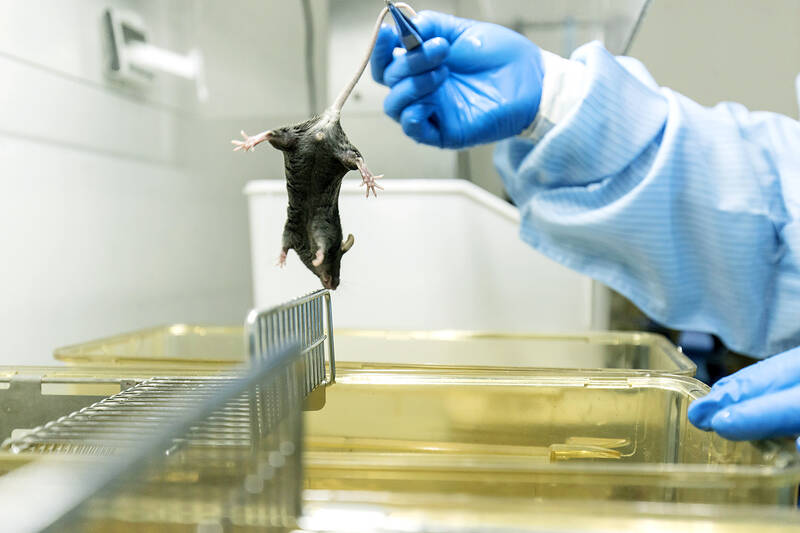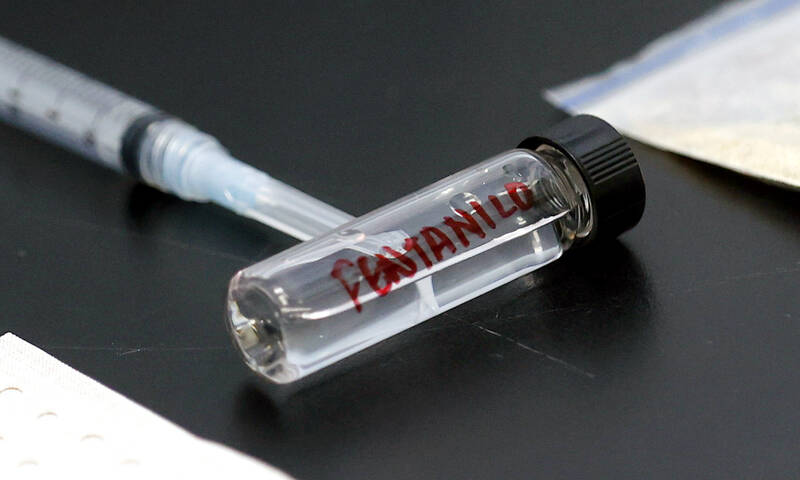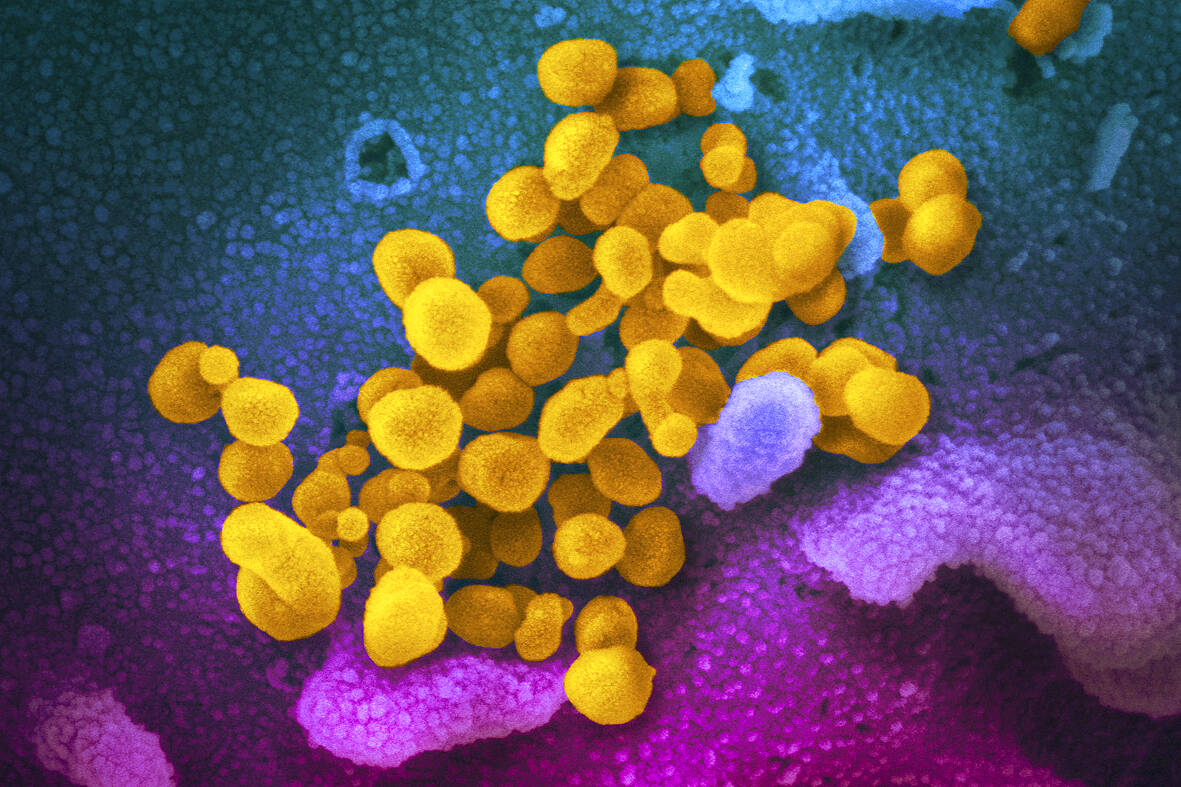In March a code enforcement officer in Reedley, a city in Fresno County, California found a garden hose running through the back wall and other code violations at a local warehouse. Officials eventually uncovered a Chinese-run storage facility containing around 30 freezers and refrigerators, filled with infectious disease agents.
According to local radio station KVPR, officials tried and failed to contact company officials in November last year and began an investigation of the site in December. The city began requesting warrants in March.
US officials quoted in the media said that the place appeared to be an illegal, unlicensed laboratory. The Centers for Disease Control tested the substances found therein, and detected diseases such as malaria, HIV, coronavirus, Hepatitis B and C, E coli, streptococcus pneumonia, chlamydia, dengue, rubella and herpes. Photos showed boxes and other materials piled haphazardly about, and some of the cold storage machinery was not working. Court documents quoted in the media said that the site held “…blood, tissue and other bodily fluid samples and serums; and thousands of vials of unlabeled fluids and suspected biological material.”

Photo: Bloomberg
Officials also found several hundred mice, with over 150 already dead, while nearly 800 were euthanized. A public health official said the mice had been engineered to be susceptible to COVID-19, according to media reports.
It took “76 days and 14 different agencies to inspect and clean up the facility between April to July this year,” KVPR reported.
The items in the warehouse belonged to a defunct company, Universal Meditech Inc (UMI), and had been moved there by a creditor firm identified as its successor firm, Prestige Biotech, after Universal Meditech went belly up. Media reports noted that Prestige Biotech, registered in Nevada, had no license to operate in California, and was not registered as a medical waste generator.

Photo: EPA-EFE
Further, Prestige Biotech has no California address, and addresses for its authorized agents turned out to be empty or in China. According to its Nevada filings, it has a vaccine research center in Osong, South Korea, is listed on the South Korean stock exchange and is headquartered in Singapore.
A UMI official notified county authorities via e-mail that there was another facility in Fresno awaiting licensing, according to KVPR.
Ironically, UMI had received a tax credit from the state of California in 2019. The firm had manufactured pregnancy and COVID-19 test kits. Its COVID-19 test kits were the subjects of a Class 1 recall by the FDA in February as not authorized or approved. Apparently they were still circulating even after the company had become defunct.

Photo: AP
The implications of this illegal Chinese-run laboratory, and the possible presence of others (recall that the bankrupt company was pursuing a license for another facility), are staggering. It is difficult to believe this is the only such facility in the US.
“My concern is to get to the bottom of what happened here,” Speaker of the US House of Representatives Kevin McCarthy said, adding “but also … where’s this happening in other parts of this country?”
And if the US has such gaps, Taiwan, with its heavy penetration by People’s Republic of China (PRC) agents and large numbers of small biomedical and biotech firms, surely plays host to similar firms. In time of war, in an already stressed health system accustomed to tight resource constraints and shortages of key personnel, infectious disease outbreaks could break the health system and terrorize the population.
Though undoubtedly not part of any organized biowarfare program by the PRC, they could easily be repurposed for that in time of war. Imagine if the owner of such a lab, however well-intentioned or ethical, got a call from the Chinese security bureau in his hometown: “your parents are here having tea with us. We know you have a few interesting diseases in storage…”
Doubt that the PRC would sanction wholesale distribution of toxins to Americans? What’s its position on the fentanyl trade, where precursor chemicals come out of PRC-based factories, all of which have Chinese Communist Party (CCP) officials in oversight? At present US officials are busy rooting PRC malware out of infrastructure and energy networks.
The Biden Administration has been considering including Chinese biotech firms on its technology blacklists for several years. This is a laudable idea, but technology theft is not the only threat from these firms. The Fresno warehouse debacle shows that the US has significant gaps in its oversight systems that shady firms can easily exploit, and that constitute a serious national security threat.

The Lee (李) family migrated to Taiwan in trickles many decades ago. Born in Myanmar, they are ethnically Chinese and their first language is Yunnanese, from China’s Yunnan Province. Today, they run a cozy little restaurant in Taipei’s student stomping ground, near National Taiwan University (NTU), serving up a daily pre-selected menu that pays homage to their blended Yunnan-Burmese heritage, where lemongrass and curry leaves sit beside century egg and pickled woodear mushrooms. Wu Yun (巫雲) is more akin to a family home that has set up tables and chairs and welcomed strangers to cozy up and share a meal

Dec. 8 to Dec. 14 Chang-Lee Te-ho (張李德和) had her father’s words etched into stone as her personal motto: “Even as a woman, you should master at least one art.” She went on to excel in seven — classical poetry, lyrical poetry, calligraphy, painting, music, chess and embroidery — and was also a respected educator, charity organizer and provincial assemblywoman. Among her many monikers was “Poetry Mother” (詩媽). While her father Lee Chao-yuan’s (李昭元) phrasing reflected the social norms of the 1890s, it was relatively progressive for the time. He personally taught Chang-Lee the Chinese classics until she entered public

Last week writer Wei Lingling (魏玲靈) unloaded a remarkably conventional pro-China column in the Wall Street Journal (“From Bush’s Rebuke to Trump’s Whisper: Navigating a Geopolitical Flashpoint,” Dec 2, 2025). Wei alleged that in a phone call, US President Donald Trump advised Japanese Prime Minister Sanae Takaichi not to provoke the People’s Republic of China (PRC) over Taiwan. Wei’s claim was categorically denied by Japanese government sources. Trump’s call to Takaichi, Wei said, was just like the moment in 2003 when former US president George Bush stood next to former Chinese premier Wen Jia-bao (溫家寶) and criticized former president Chen

President William Lai (賴清德) has proposed a NT$1.25 trillion (US$40 billion) special eight-year budget that intends to bolster Taiwan’s national defense, with a “T-Dome” plan to create “an unassailable Taiwan, safeguarded by innovation and technology” as its centerpiece. This is an interesting test for the Chinese Nationalist Party (KMT), and how they handle it will likely provide some answers as to where the party currently stands. Naturally, the Lai administration and his Democratic Progressive Party (DPP) are for it, as are the Americans. The Chinese Communist Party (CCP) is not. The interests and agendas of those three are clear, but